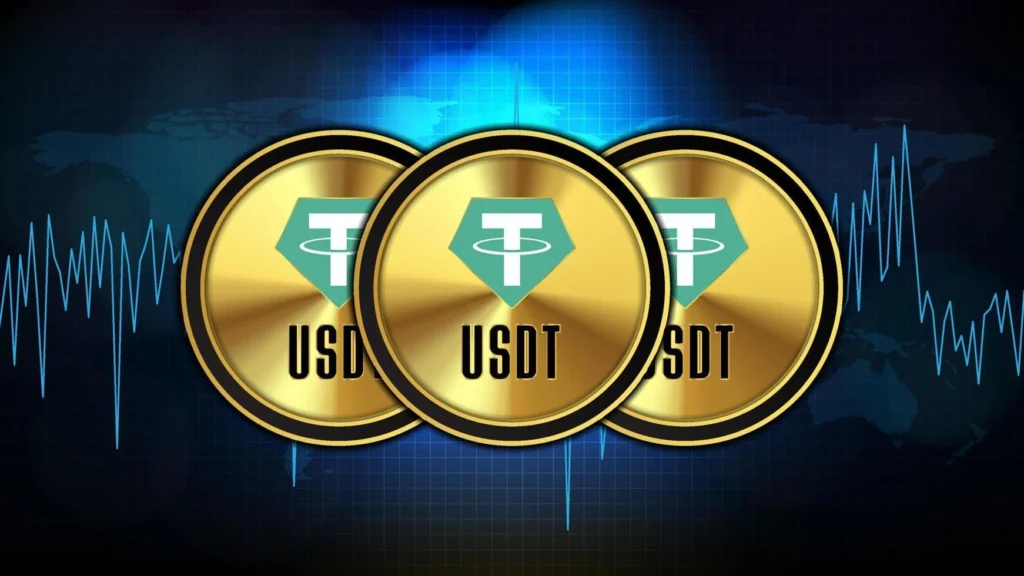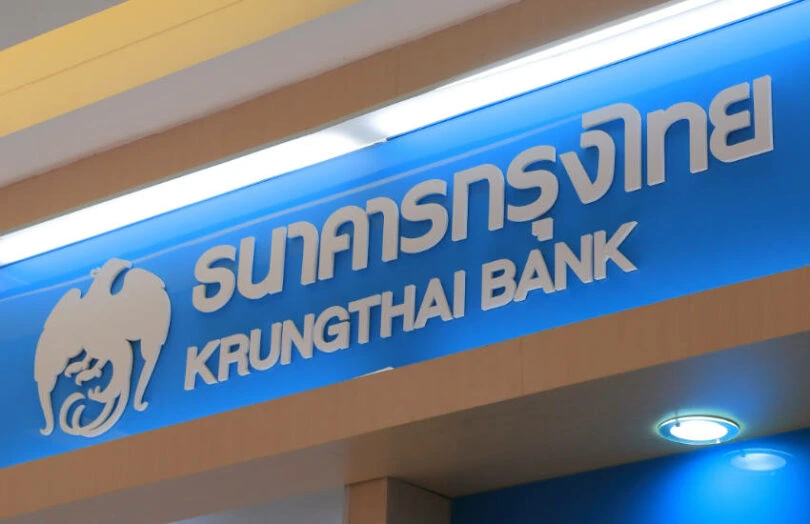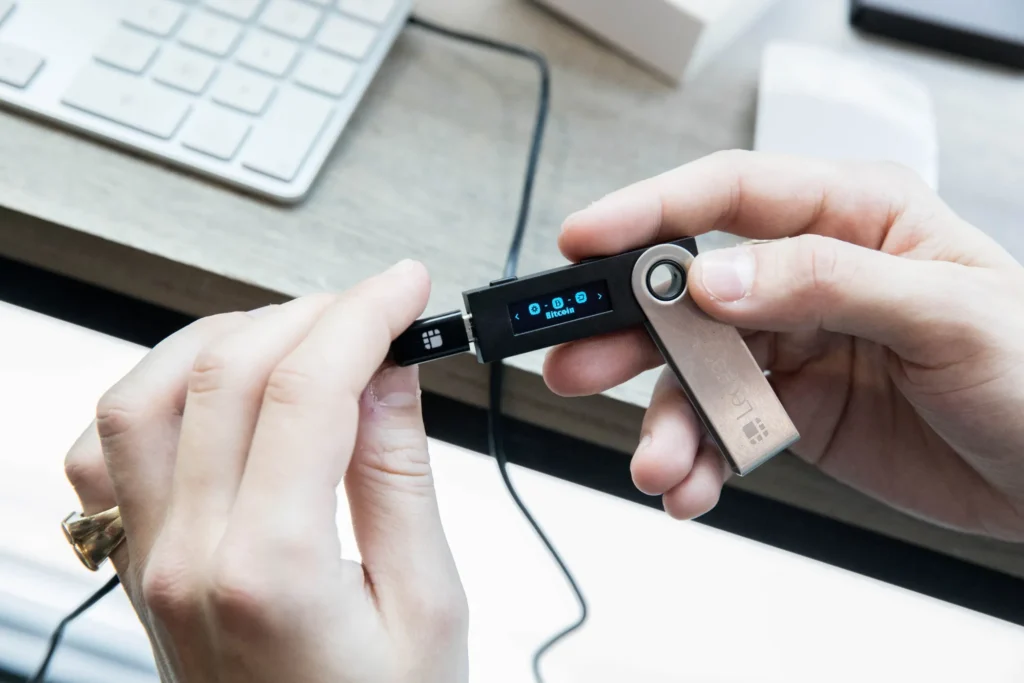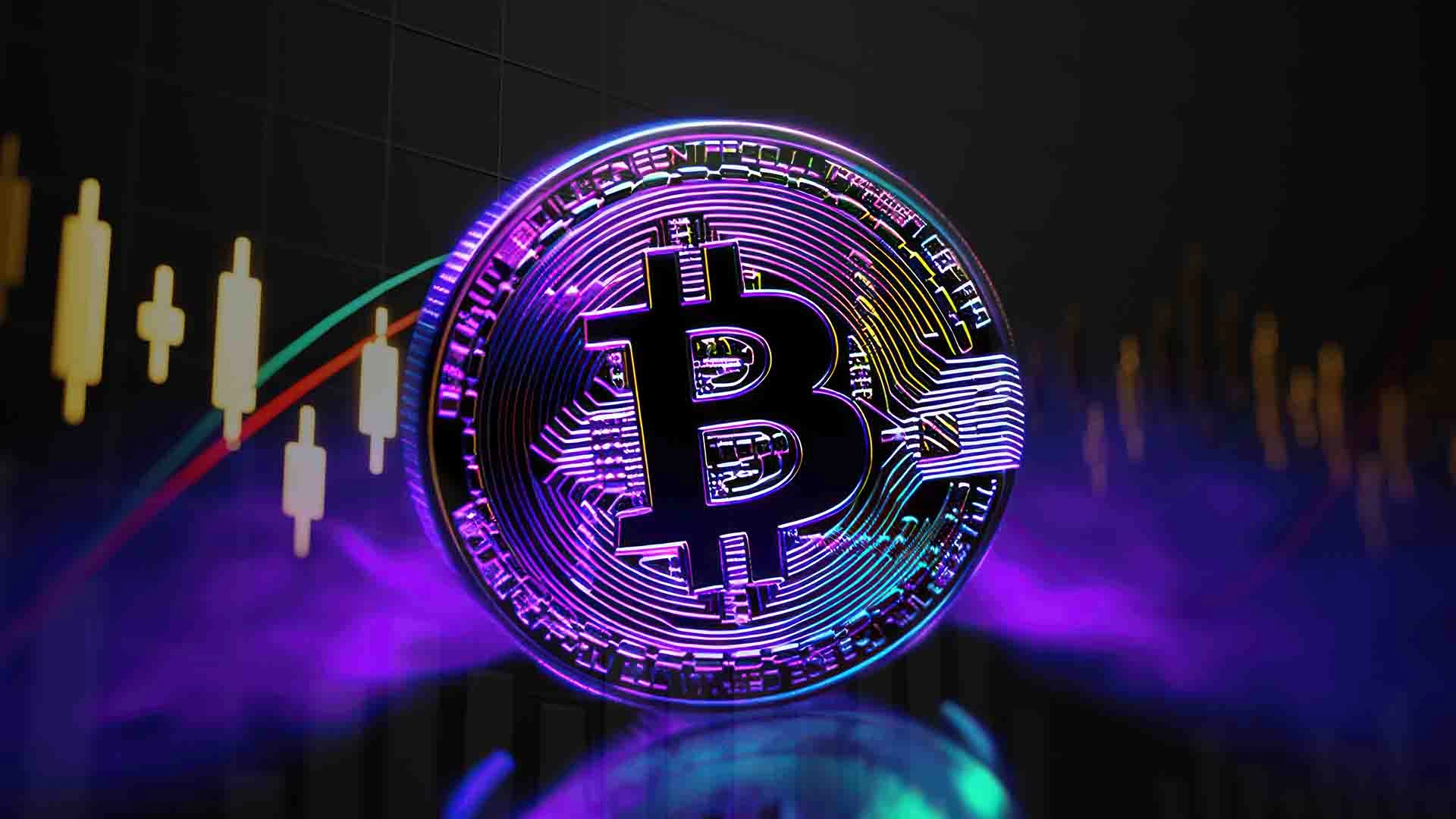USDT in Thailand: The Stablecoin Boom That’s Raising Eyebrows in 2025
There’s no denying it—USDT in Thailand is everywhere in crypto scene right now. It’s being used for P2P payments, overseas freelance work, e-commerce, and even as a place to park savings.
But while the rise of USDT in Thailand seems like a win for convenience and stability, there’s another side of the story that’s worth exploring. Because behind the easy transfers and dollar-pegged value lies a web of risks, uncertainties, and regulatory gray areas that most users aren’t fully aware of.
If you’re using, holding, or even just considering USDT in 2025, here’s what you need to be careful about.
1. USDT in Thailand: Tether’s Longstanding Transparency Questions Still Haven’t Been Resolved
Let’s start with the elephant in the room: Tether’s reserves.
For years, critics have raised concerns about whether USDT is truly backed 1:1 by US dollars or equivalent assets. Tether has improved its reporting practices over time, but audits remain limited, and many analysts still view its financials as opaque at best.
In Thailand, where many users rely on USDT as a cash equivalent, this creates a serious problem: What happens if confidence in USDT collapses overnight? Most Thai users are not hedging this exposure, and many don’t even know how to.

Credit from : Vecteezy
2. USDT in Thailand: Stable Doesn’t Mean Risk-Free
Yes, USDT is stable—until it isn’t.
During major crypto market sell-offs, USDT has briefly lost its peg, dropping a few cents below $1. That may not sound like much, but if you’re storing significant funds or using it for business operations, those small drops can become serious losses—especially if liquidity dries up on local platforms.
USDT may be convenient, but it’s not a substitute for real cash in a regulated bank account. It’s a tool. And like any financial tool, it carries risk.

3. USDT in Thailand: TRC-20 Is Cheap—But Also a Single Point of Failure
Many Thai users prefer USDT on the TRC-20 network due to low fees. However, that reliance on TRON introduces new vulnerabilities.
If the TRON network were to face technical issues, regulatory pressure, or a targeted cyberattack, users could find their funds frozen or inaccessible, especially if they’re unfamiliar with switching to other chains like ERC-20 or BEP-20.
Diversifying across chains sounds technical—but it’s something Thai users should learn if they want to avoid being stuck.

Credit from : Escrypto
4. Regulatory Comfort Can Shift Overnight
While Thailand’s 2025 crypto policies are seen as relatively open, regulations are far from static. USDT remains legal to hold and trade, but:
- It’s not recognized as legal tender.
- It’s not officially sanctioned for commercial payments.
- It operates in a legal gray zone when used for off-platform purchases, remittances, or savings.
Thailand’s regulators have shown flexibility—but that doesn’t mean there won’t be sudden crackdowns, particularly if there’s international pressure or a domestic incident.
If P2P USDT transactions become associated with scams or tax evasion, Thai authorities could tighten rules quickly, leaving everyday users exposed.

5. User Habits Are Not Matching Risk Awareness
The most concerning trend? Many Thai users—especially younger ones—treat USDT like a digital savings account. They store it on hot wallets, trade it casually, and rarely consider risks around platform security or compliance.
The reality is that non-custodial wallets can be lost, hacked, or misused, and USDT’s “dollar stability” is not government-guaranteed. Without proper education and risk management, users could be setting themselves up for trouble in a sudden liquidity crisis or wallet compromise.

Credit from : Bloomberg
6. Businesses Are Entering the Space—But Without Clear Guidance
Some Thai SMEs are starting to accept USDT—but most are doing so quietly, informally, and without accounting clarity. That opens them up to:
- Regulatory fines for improper reporting
- Legal ambiguity on whether transactions are enforceable
- FX risk if they’re holding USDT during periods of dollar weakening
Without official guidelines for crypto transactions and taxation, these businesses are walking a thin line.
Final Warning: Don’t Confuse Convenience with Security
USDT in Thailand may look like a perfect solution in 2025: fast, cheap, easy to use. And to be fair, it’s helping many users solve real problems, especially around payments and cross-border access.
But that doesn’t mean it’s bulletproof. It’s still an unregulated financial instrument backed by an offshore issuer, exposed to both market and technical risks.
For Thai users, the takeaway is simple: use it, but don’t over-trust it. Keep your balances modest, learn how to diversify chains, and stay alert to both global crypto shocks and local regulatory updates.
Because in crypto—especially stablecoins—things tend to change when you least expect them.











